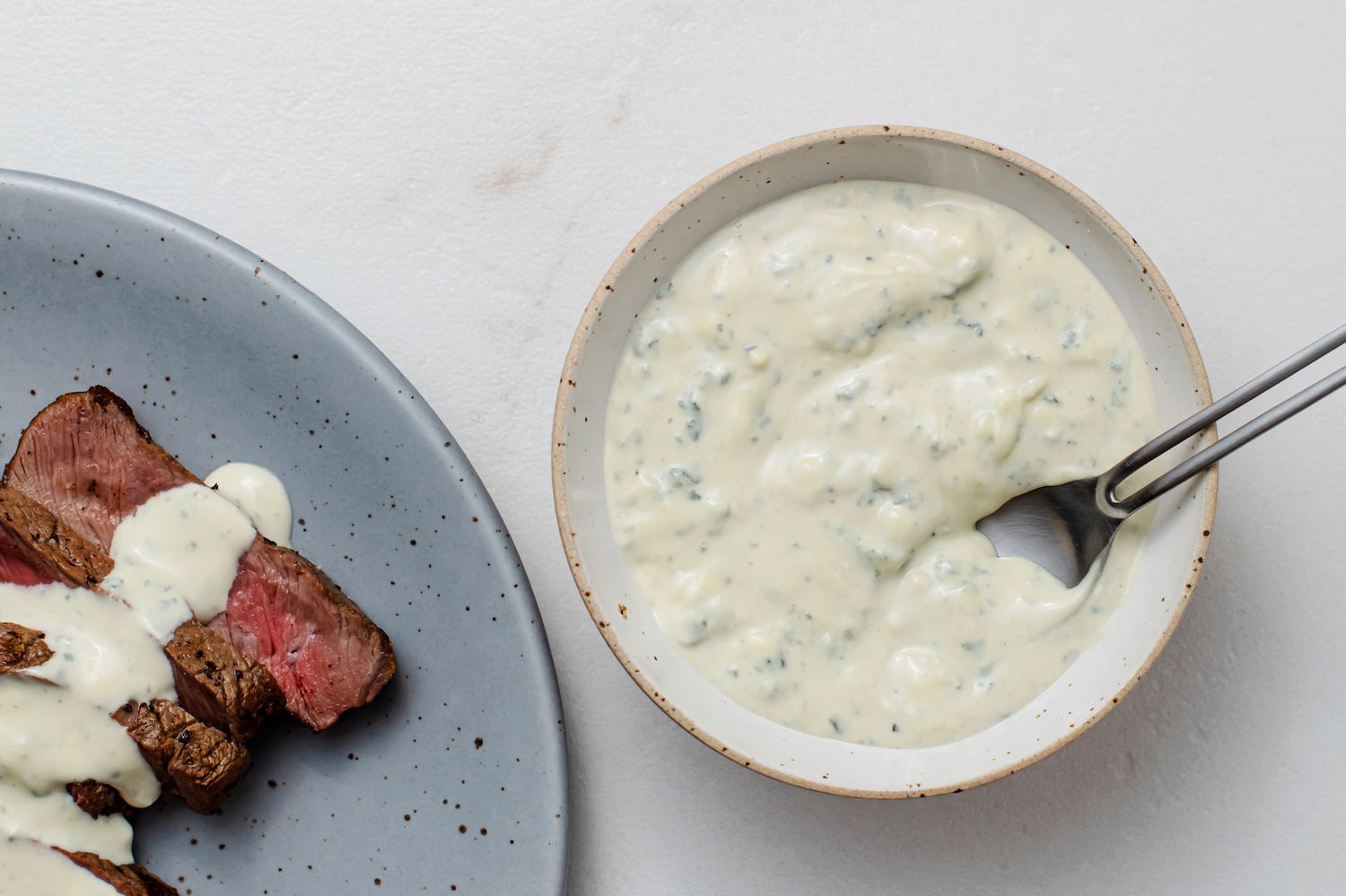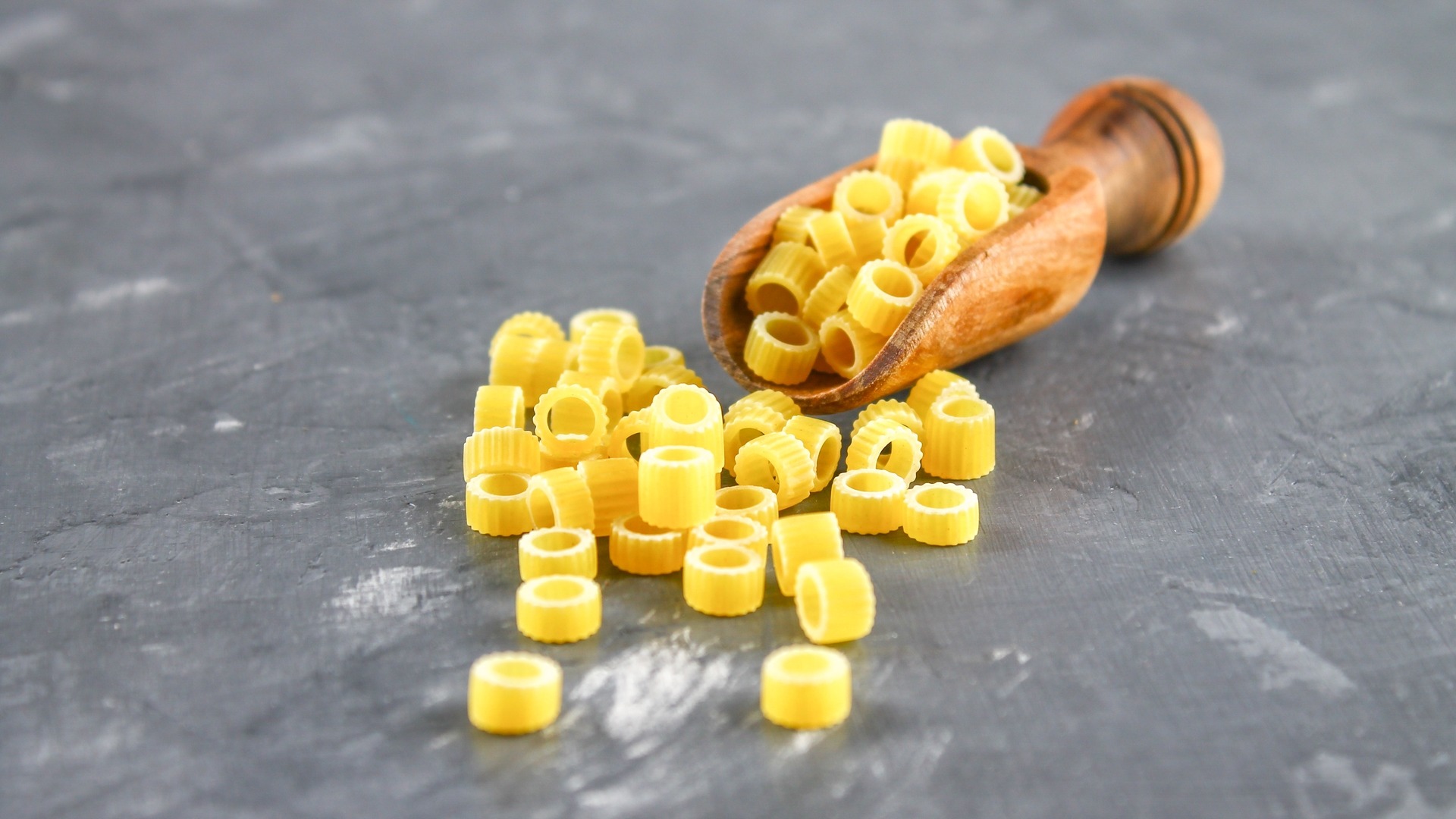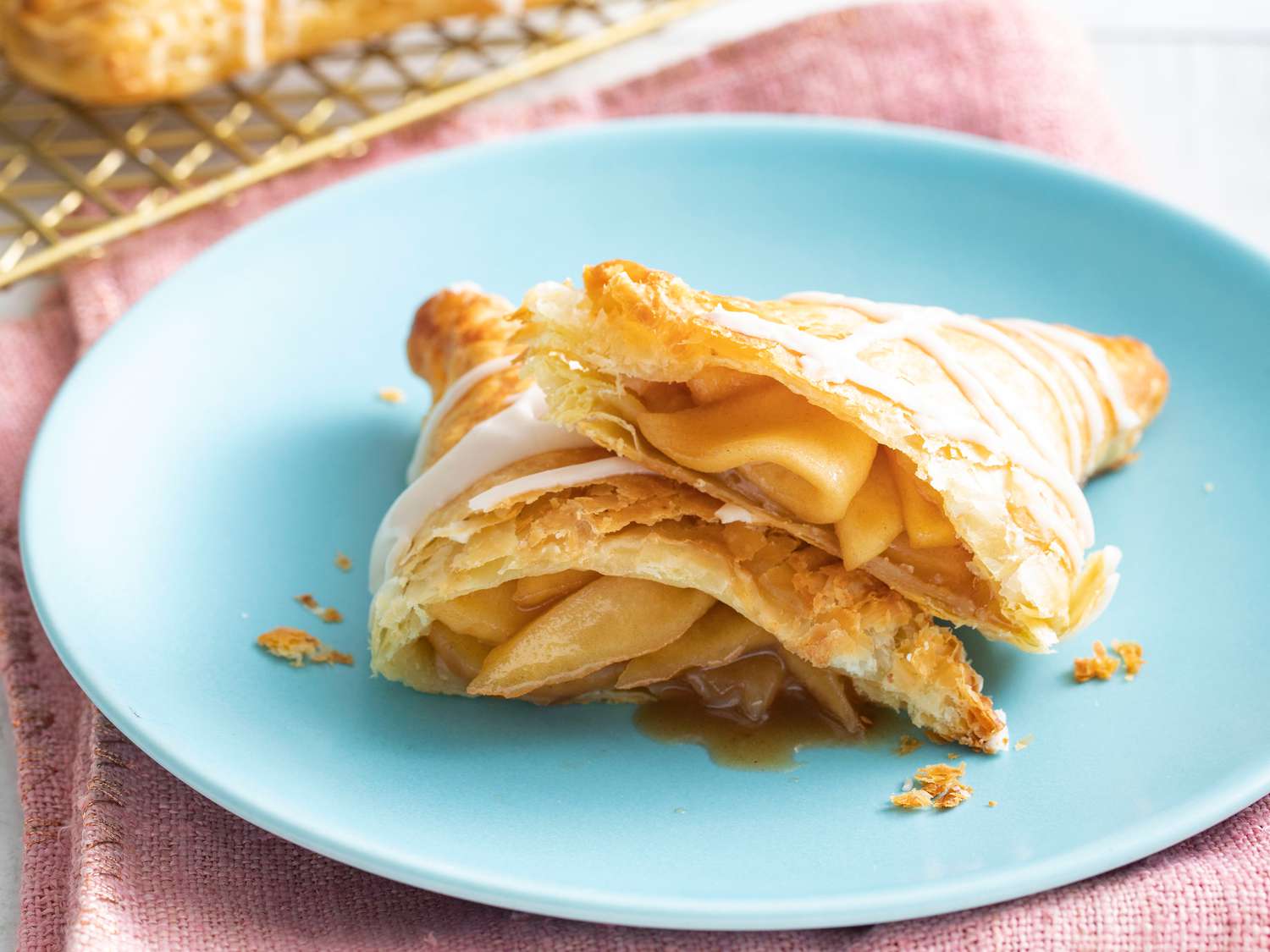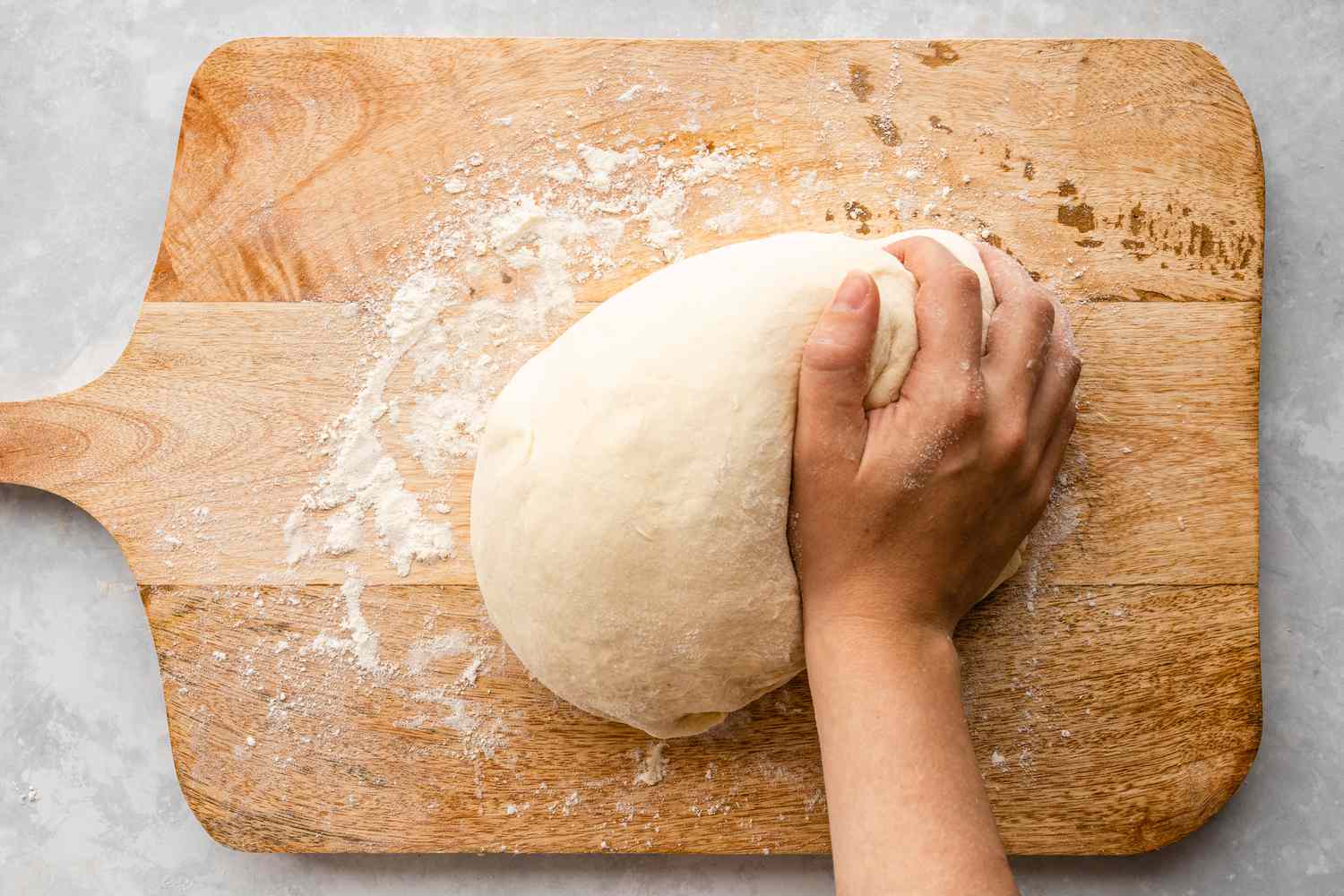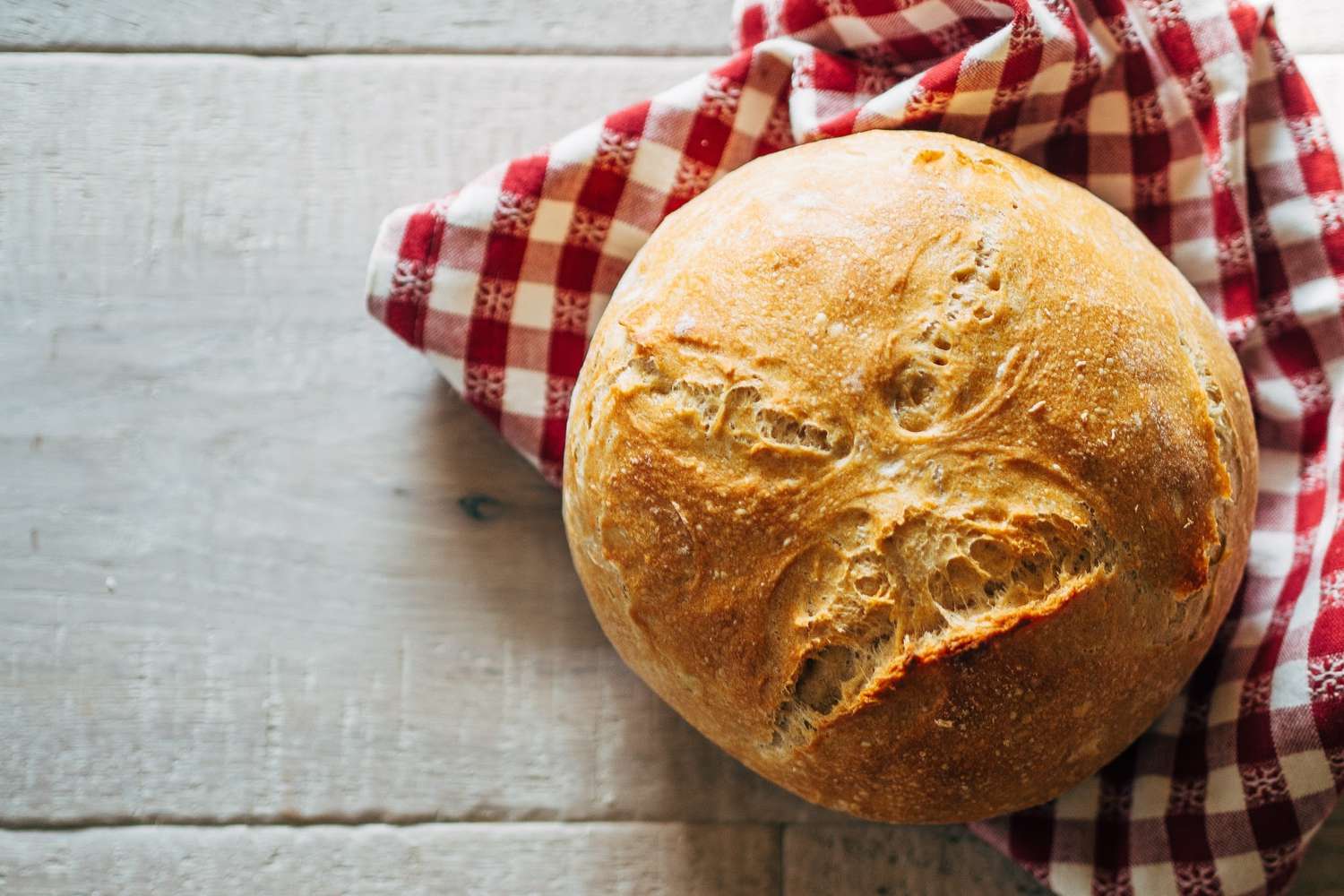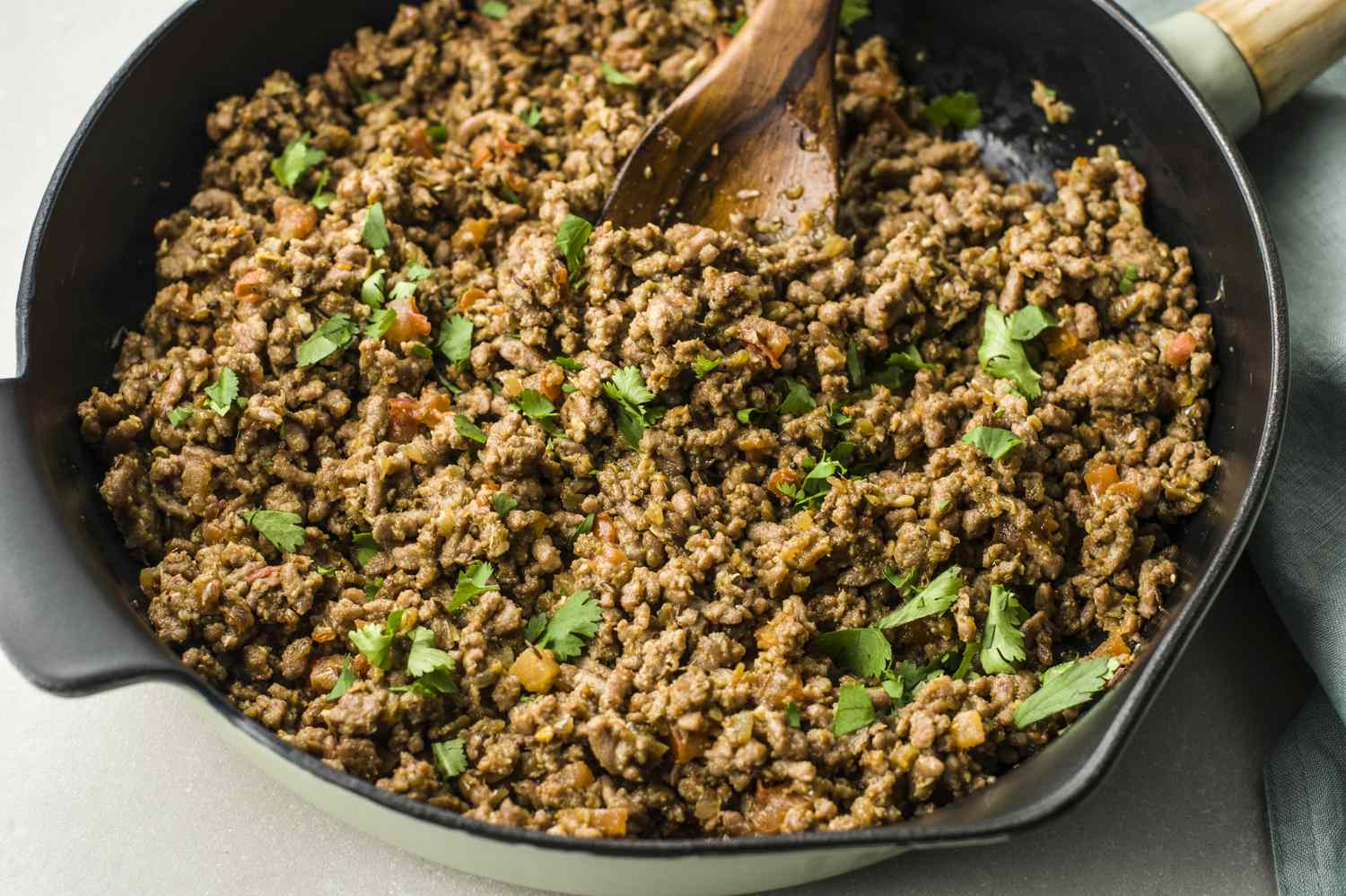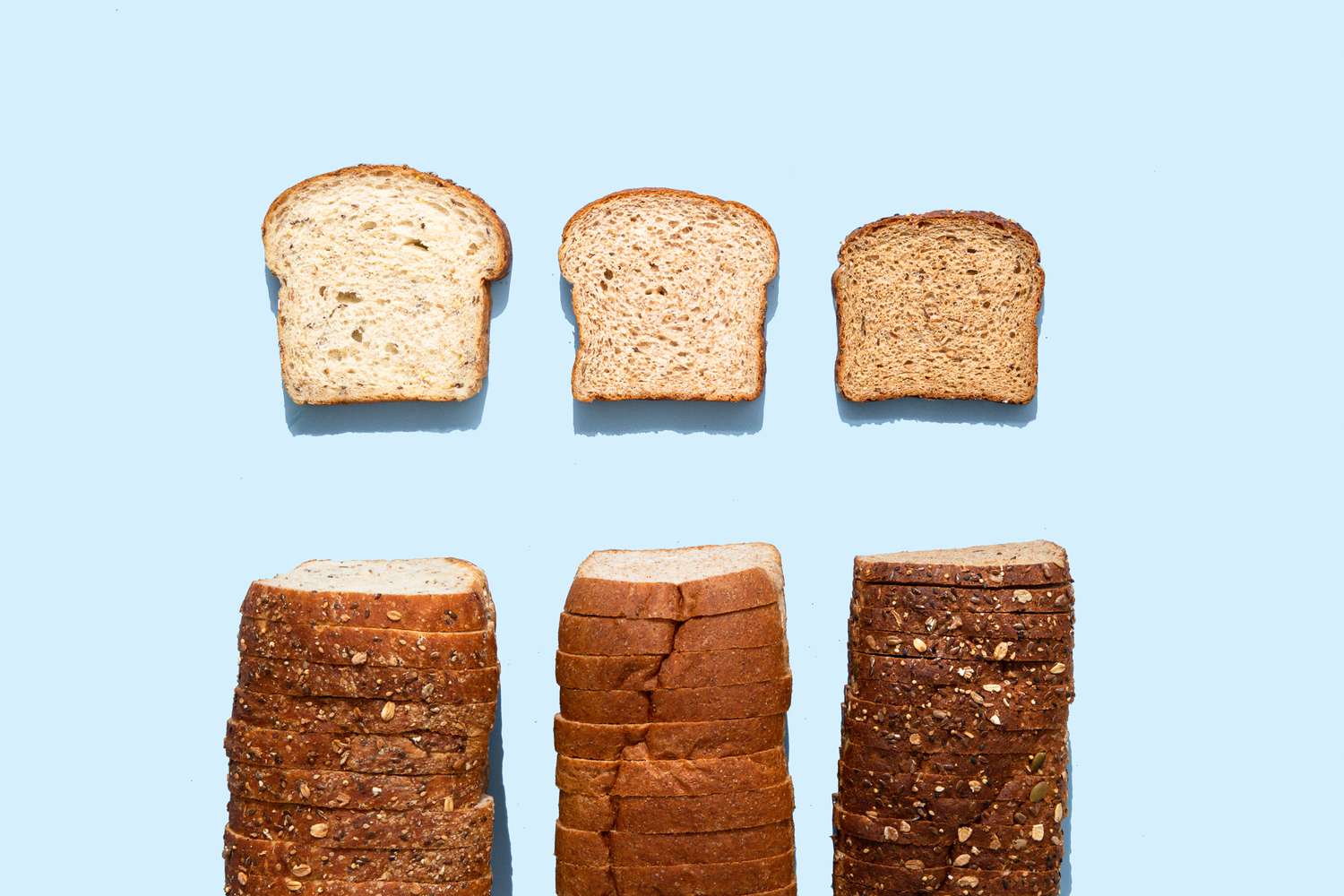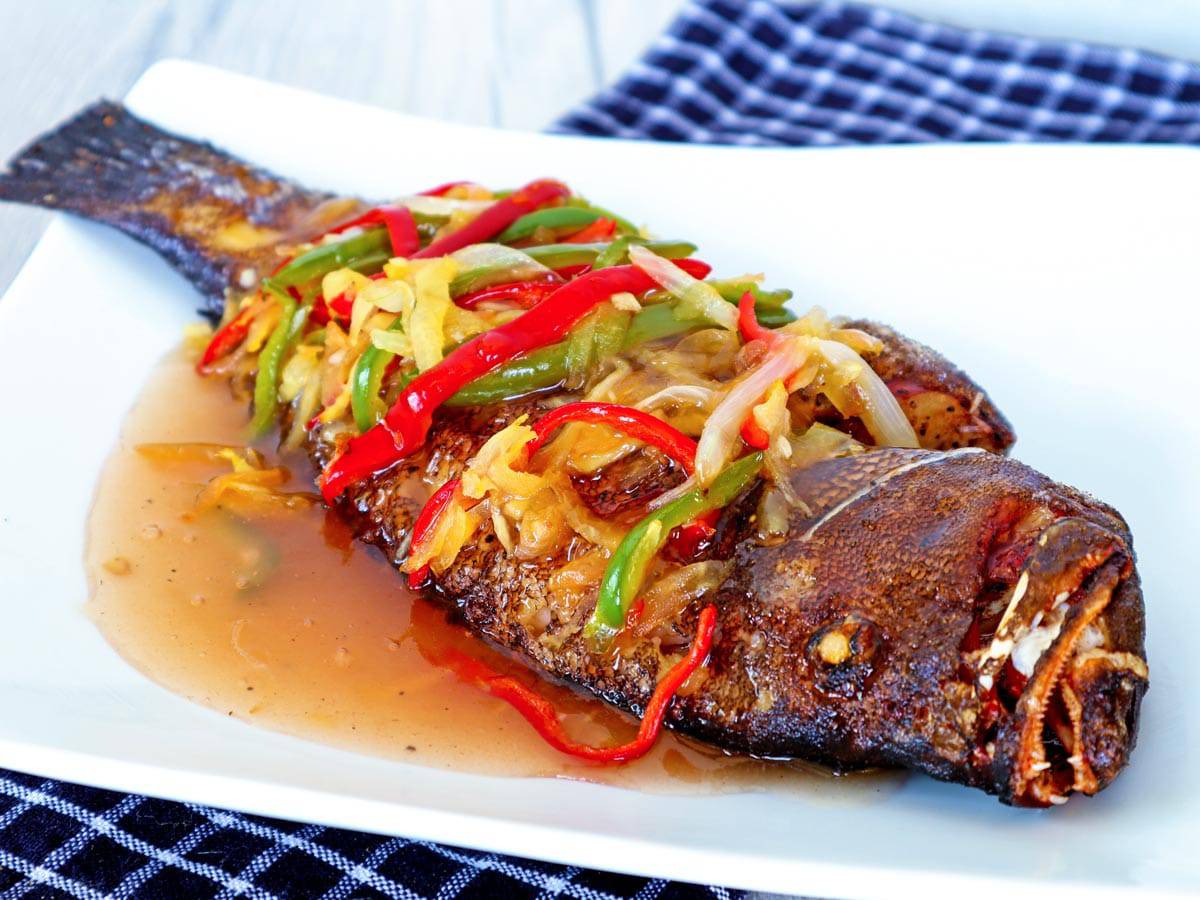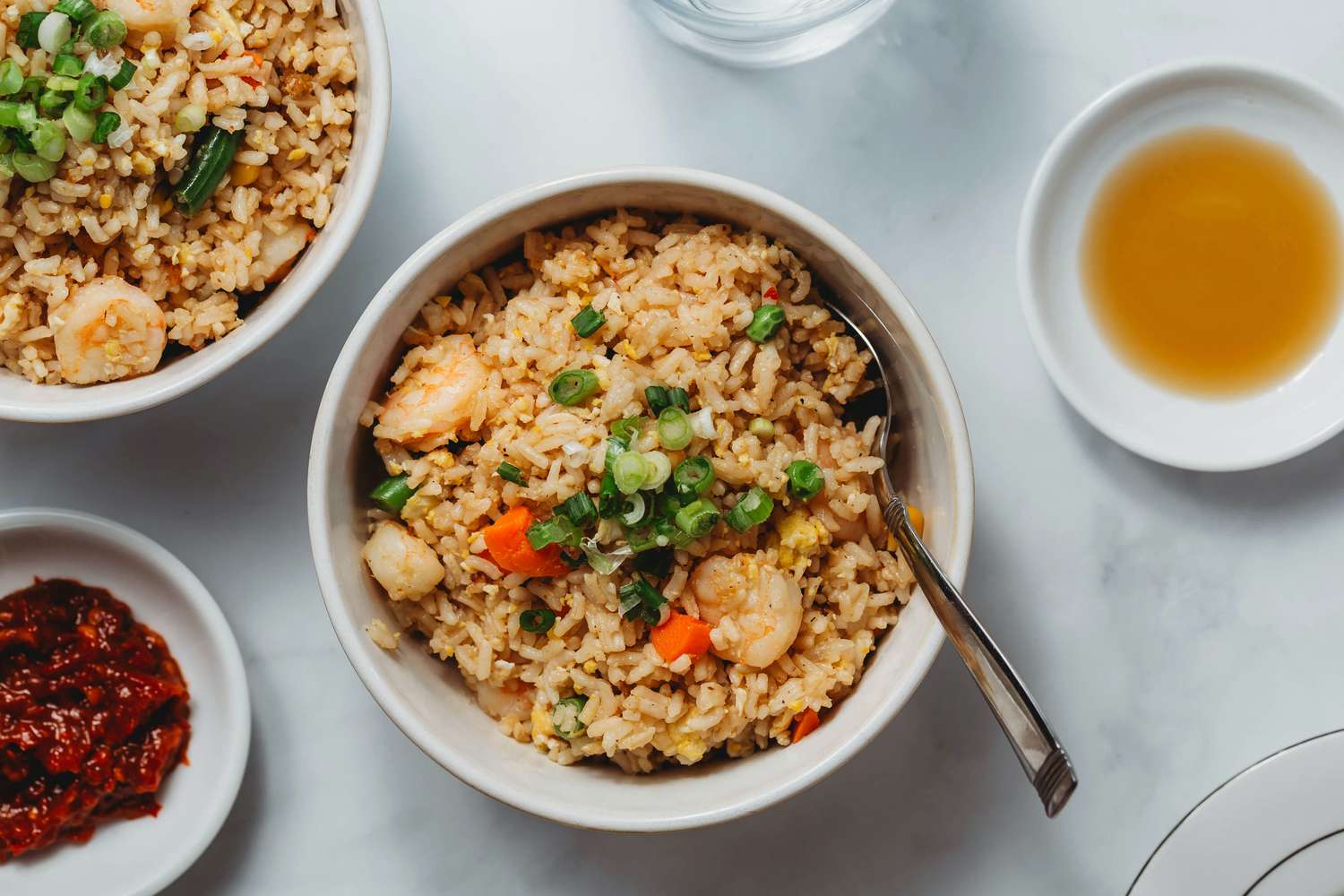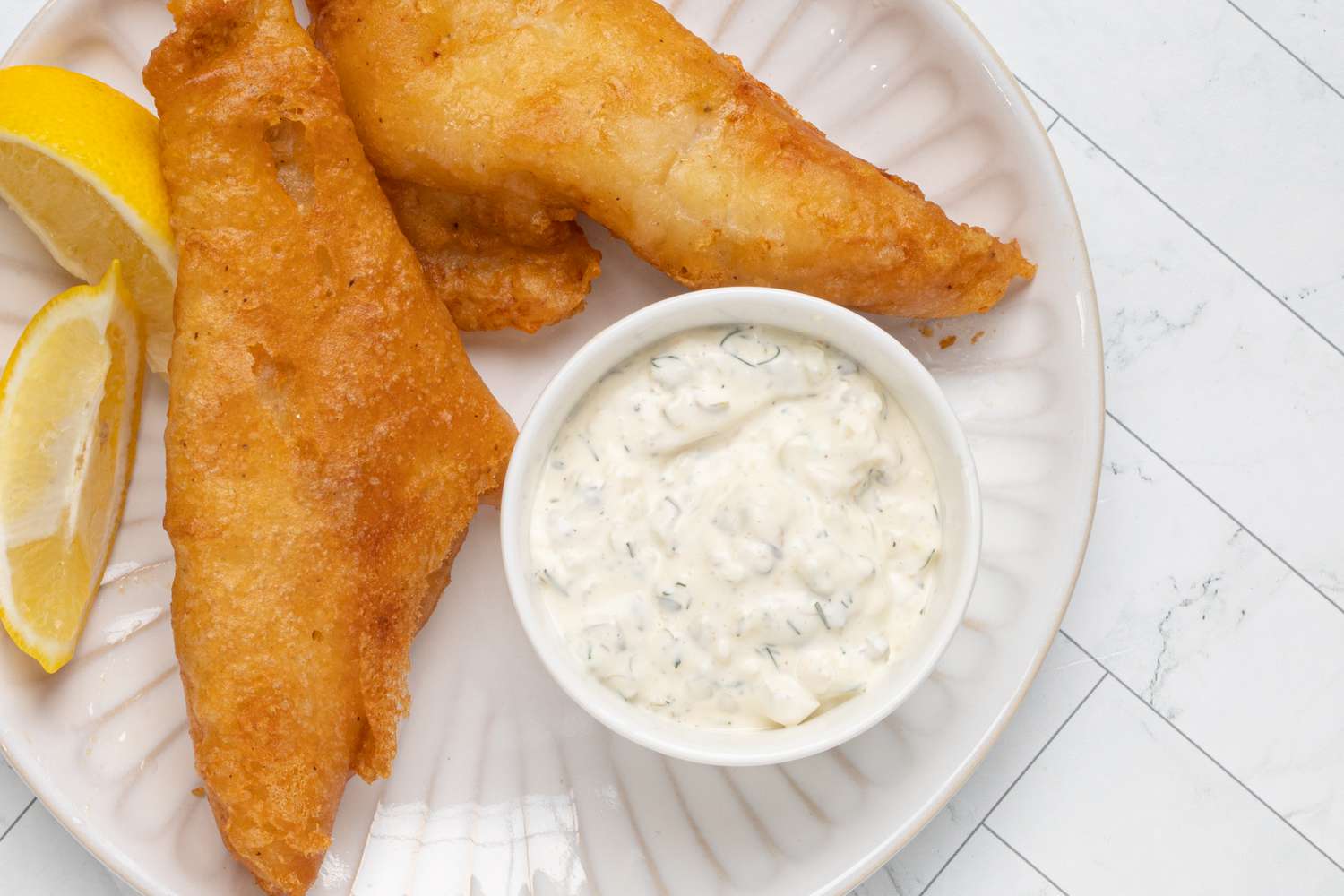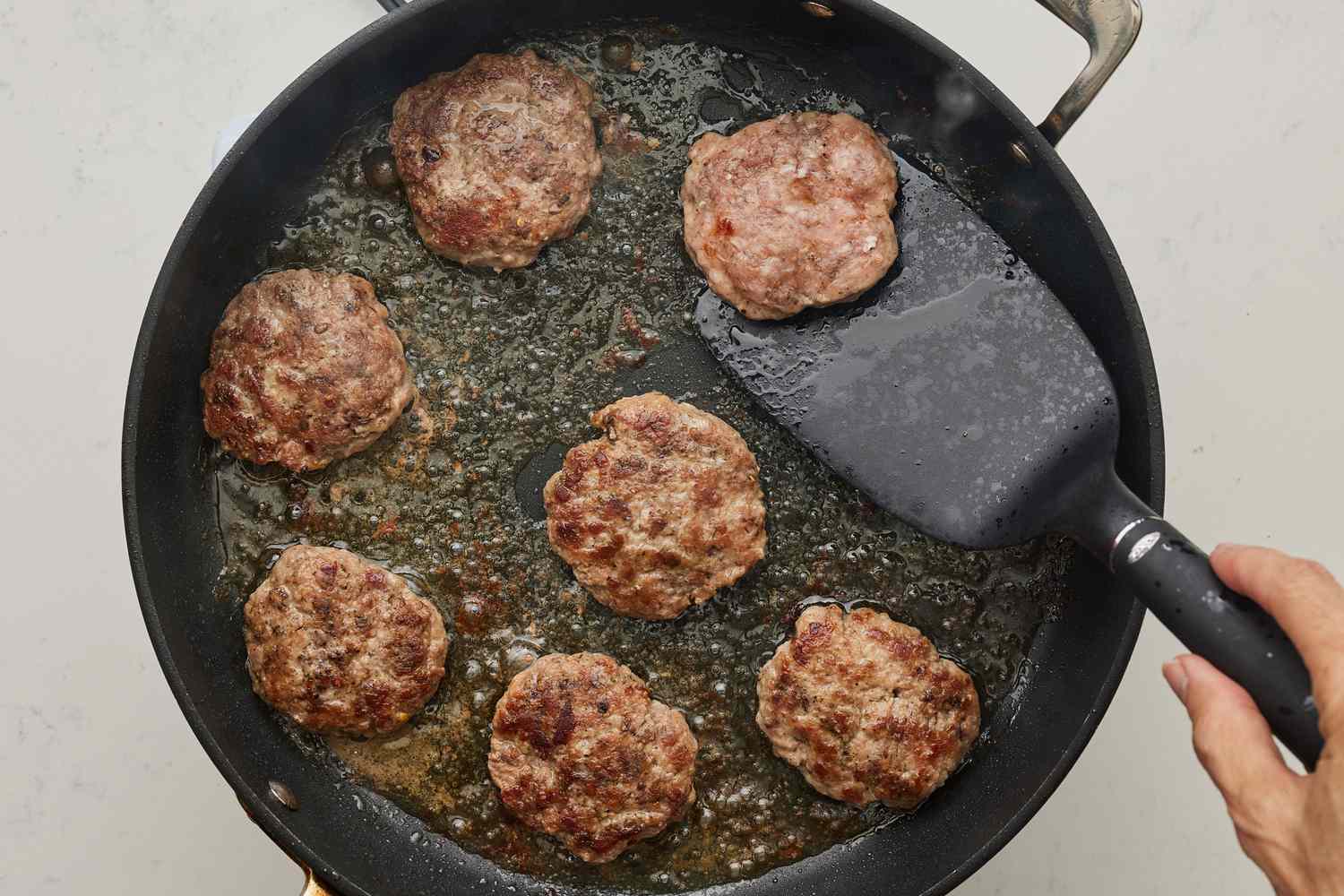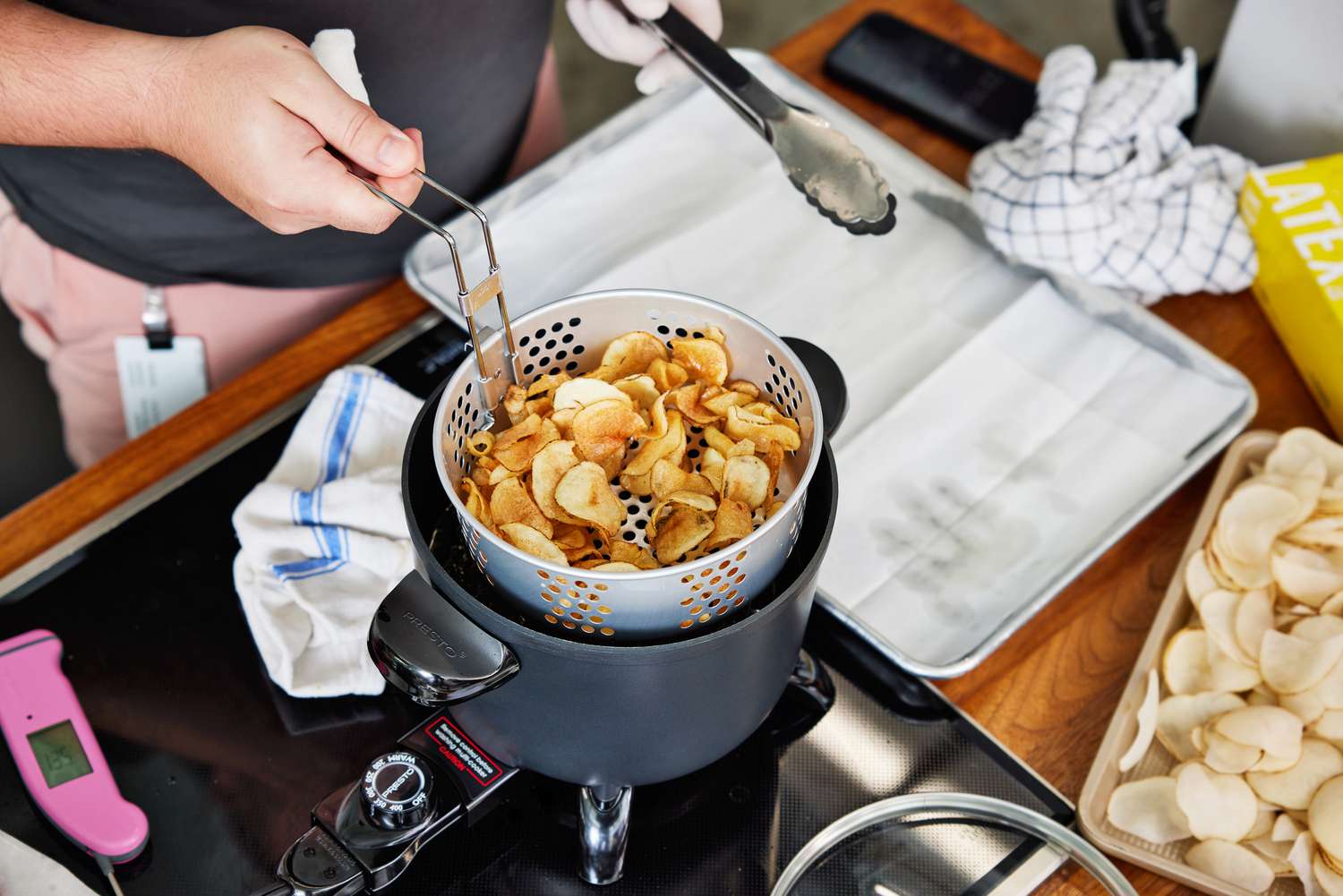Discovering the Delightful World of Gin and Tonic
When it comes to refreshing and sophisticated cocktails, few can rival the timeless appeal of a gin and tonic. This classic drink has been a favorite among cocktail enthusiasts for centuries, thanks to its simple yet elegant combination of flavors. If you’re curious about what makes a gin and tonic so special, read on to uncover the secrets behind this beloved beverage.
The Basics: What Is a Gin and Tonic?
At its core, a gin and tonic is a cocktail made with gin, tonic water, and a splash of lime. The crisp, botanical notes of the gin pair perfectly with the effervescence of the tonic water, creating a drink that is both refreshing and complex. The addition of lime adds a bright, citrusy twist that enhances the overall flavor profile of the cocktail.
The History of the Gin and Tonic
The origins of the gin and tonic can be traced back to the 19th century when British soldiers stationed in India would mix their daily ration of quinine, a bitter compound used to prevent malaria, with gin and lime to make it more palatable. This concoction eventually evolved into the modern gin and tonic that we know and love today.
Key Ingredients
Understanding the key ingredients of a gin and tonic is essential to appreciating its unique flavor profile:
- Gin: The primary spirit in a gin and tonic, gin is a clear, juniper-flavored liquor that forms the backbone of the cocktail.
- Tonic Water: Tonic water is a carbonated beverage that contains quinine, giving it a slightly bitter taste that balances the sweetness of the gin.
- Lime: Fresh lime juice or a wedge of lime is used to add a zesty, citrusy element to the cocktail.
How to Make a Perfect Gin and Tonic
Creating the perfect gin and tonic is a straightforward process that requires just a few simple steps:
- Fill a highball glass with ice cubes.
- Pour 2 ounces of gin over the ice.
- Top it off with 4-6 ounces of tonic water.
- Squeeze a wedge of lime into the glass and drop it in as a garnish.
- Gently stir to combine the ingredients.
Enjoying a Gin and Tonic
One of the best things about a gin and tonic is its versatility. Whether you’re sipping it at a sophisticated cocktail party or enjoying a casual evening at home, this timeless drink is always a welcome choice. Its crisp, refreshing nature makes it a perfect companion for warm summer days, while its complex flavors ensure that it can hold its own in any social setting.
Conclusion
Now that you’ve gained insight into the world of gin and tonic, it’s time to savor the experience for yourself. Whether you’re a seasoned cocktail aficionado or a curious newcomer, the allure of a well-crafted gin and tonic is undeniable. So, gather your ingredients, mix up a glass, and raise a toast to the timeless appeal of this beloved cocktail.
Was this page helpful?
Read Next: What Is Italian Butter
